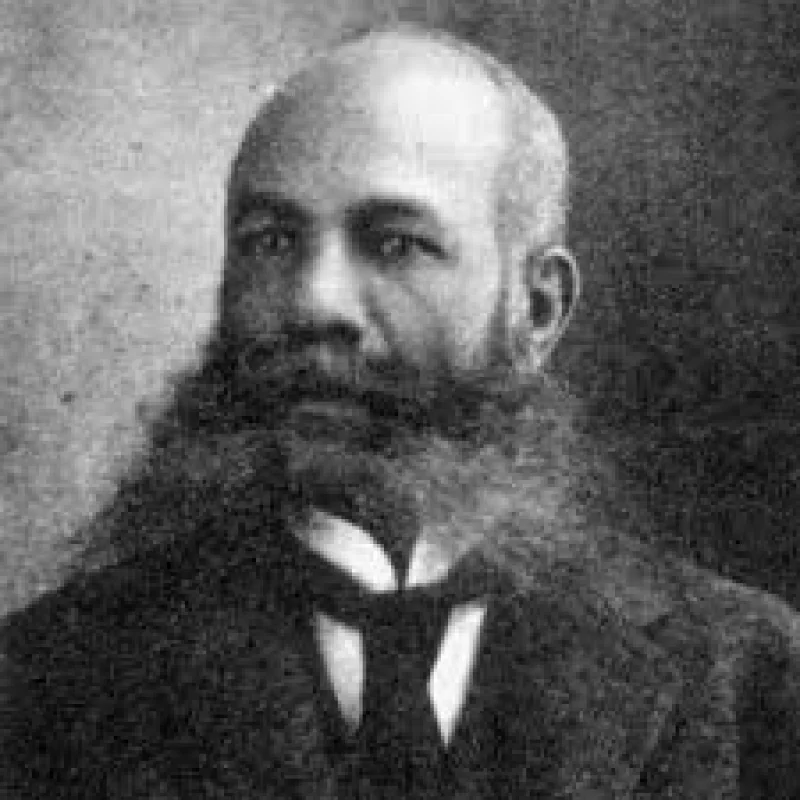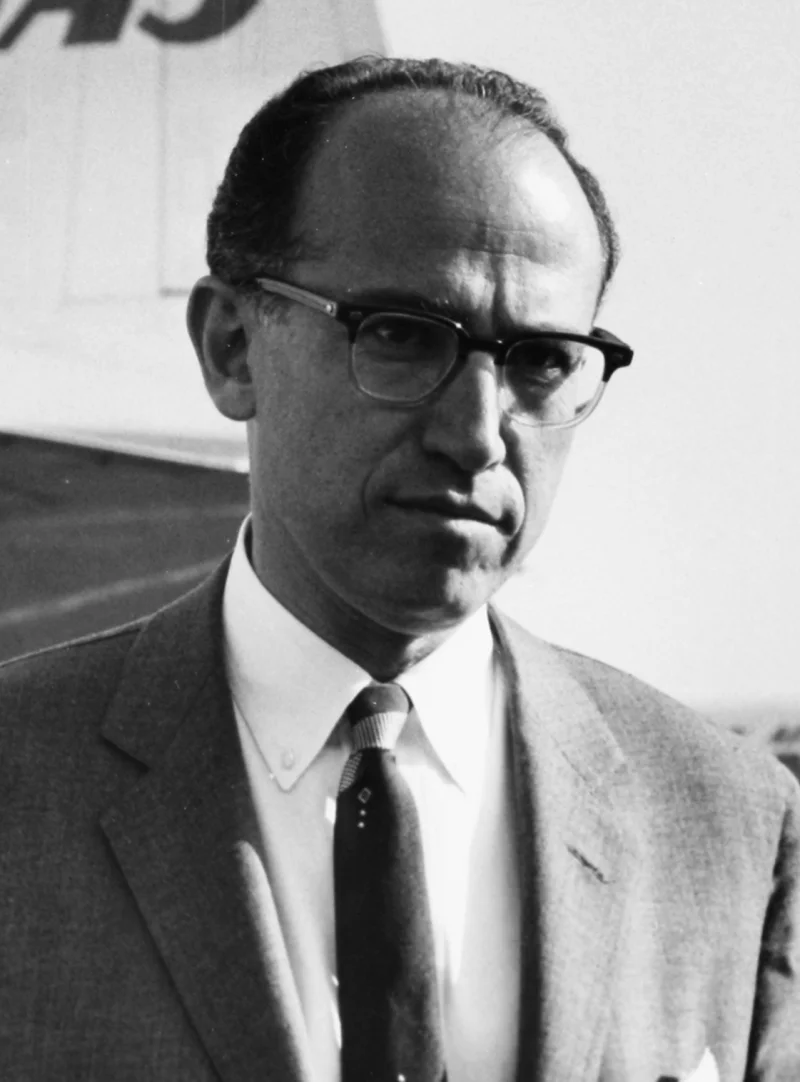Short Summary
Charles Barkla was a renowned British physicist, celebrated for his pioneering work on X-ray scattering and the study of X-ray spectra. His groundbreaking research earned him the Nobel Prize in Physics in 1917. Barkla's work significantly advanced the understanding of X-rays and their interaction with matter, establishing foundational principles that would benefit future scientific endeavors in the field of physics.
Early Life & Education
Charles Glover Barkla was born on June 7, 1877, in Widnes, Lancashire, England. He was the son of John Martin Barkla, a manager at a chemical works, and Sarah Glover. His early education took place at the local grammar school, after which he attended the University of Liverpool, where he studied under the tutelage of Oliver Lodge. Barkla's academic journey continued at Trinity College, Cambridge, where he worked under J.J. Thomson. His education was marked by a keen interest in physics, which laid the groundwork for his future contributions to the field.
Career Highlights
Barkla's professional career began at King's College, London, where he worked as an assistant to Sir Richard Glazebrook. He later moved to the University of Edinburgh as a lecturer in physics. It was during his time in Edinburgh that he conducted his seminal research on the scattering of X-rays, leading to the discovery of characteristic X-ray fluorescence. In 1913, he was appointed as a Professor of Natural Philosophy at the University of Edinburgh, a position he held until his retirement. Throughout his career, Barkla made significant contributions to the understanding of X-rays, influencing both theoretical and applied physics.
Major Achievements
- Discovered the characteristic X-ray fluorescence of elements, which indicated that each element emits X-rays of specific wavelengths.
- Awarded the Nobel Prize in Physics in 1917 for his work on the characteristic X-ray radiations of the elements.
- Developed the theory of X-ray scattering, which provided insights into the atomic structure of matter.
- Contributed to the understanding of the polarization of X-rays, which had significant implications for the study of atomic and molecular structures.
Famous Quotes
- "The world of physics is full of surprises and the unexpected."
- "It is the quest for understanding that drives scientific discovery."
Interesting Facts
- Barkla's work on X-rays laid the foundation for the development of medical imaging technologies.
- He was a member of several prestigious scientific societies, including the Royal Society of London.
- Despite his significant contributions to physics, he remained a humble and private individual throughout his life.
- Barkla was a devout Christian and often integrated his faith with his scientific work.
Legacy / Influence
Charles Barkla's research on X-rays significantly contributed to the field of physics, influencing both theoretical and applied sciences. His discoveries laid the groundwork for further advancements in atomic and molecular physics, as well as practical applications in medical imaging. The principles he established continue to be fundamental in the study and application of X-rays, cementing his legacy as a pioneer in the field.
FAQ
Q: Why is Charles Barkla famous?
A: He is famous for his groundbreaking work on X-ray scattering and spectra, which earned him the Nobel Prize in Physics in 1917.
Q: What was Charles Barkla's major contribution to physics?
A: His major contribution was the discovery of characteristic X-ray fluorescence and the understanding of X-ray scattering.
Q: Did Charles Barkla receive any awards for his work?
A: Yes, he was awarded the Nobel Prize in Physics in 1917 for his research on X-rays.
Q: What institutions did Charles Barkla work at during his career?
A: He worked at King's College, London, and later at the University of Edinburgh as a professor.













